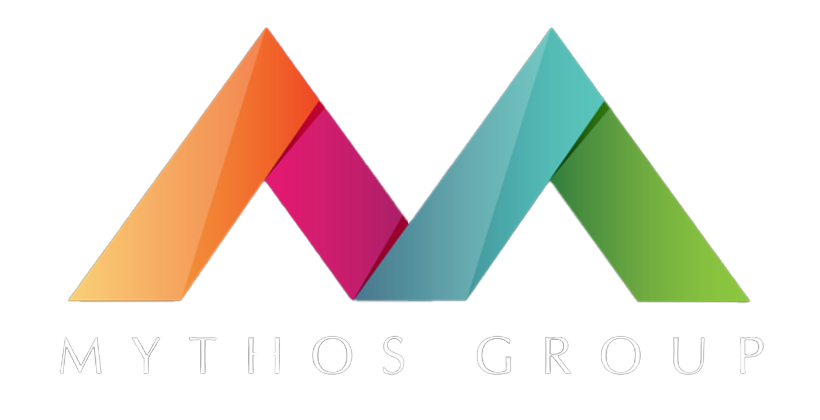Emerging technologies have the power to improve operational efficiency and increase your bottom line – but only if your workforce willingly adopts them.
Beyond selecting a vendor, integrating systems, and other complex technical components involved in the implementation of new emerging technologies, resistance to change often rises to the top of the “barriers to success” list. In fact, 70% of organizational changes fail due to employee resistance. Organizations that integrate change management are almost twice as likely to meet their objectives.
So how can you ensure your organization is one of the lucky few that successfully adopts emerging technologies? In this article, we discuss the most influential emerging technologies of today and provide key principles to prepare your workforce for inevitable change.
What Are The Current Emerging Technology Trends?
The term “emerging technologies” refers to new technologies whose applications are still largely unrealized or existing technologies that are being developed for new uses. These technologies are often the futuristic-sounding buzzwords thrown around in business that many organizations have not yet fully embraced.
Examples of current emerging technologies include:
- Artificial intelligence (AI)
- Machine learning
- Natural language processing (NLP)
- Internet of Things (IoT)
- Blockchain
- Web3 technology
While it may seem like emerging technologies such as AI are everywhere these days, a survey by the U.S. Census Bureau revealed that less than 4% of businesses are using the technology to produce goods and services. However, this number varied widely across industries, with some sectors reporting up to more than 13% of businesses using AI.
With so few organizations using these technologies to their advantage, businesses have an opportunity gap to heighten quality, reduce prices, or work quicker than competitors.
What Are The Benefits Of Adopting Emerging Technologies?
When implemented correctly, emerging technologies can increase operational efficiency, improve productivity, lower expenses, and contribute to a higher return on investment (ROI).
Take generative AI, for example. Popular AI tools such as ChatGPT, Grammarly, Siri, online chatbots, and more make it easier and faster to manage the manual, mundane parts of business to free up time for more influential work. When implemented properly, these time-saving tools can help:
- Generate ideas for written copy, graphic design, and other creative elements
- Summarize large amounts of information to speed up research
- Answer simple customer service queries to free up human labor for more complex requests
- Provide editing suggestions to help ensure cleaner copy
- Conduct searches and deliver direct, instant results
These technologies are often adopted in response to external business factors such as competitive pressure, crisis response, and cybersecurity risks.
Addressing Employees’ Fears
Because emerging technologies enable businesses to operate more efficiently with less effort, many employees fear that digital transformations may put their job security in jeopardy – and rightfully so. This is a primary reason why employees may resist this type of change.
A big example of this right now is taking place in the customer service sector. Customer service is the number one way businesses currently use or plan to use AI in their operations, mostly through the use of chatbots. Over time, this technology will inevitably decrease the number of human representatives needed, which means upskilling and reskilling are more important now than ever before to help employees transition to new roles.
Some companies are embracing this opportunity to educate workers and fill skill gaps before their competitors do. For example, Amazon began offering a Machine Learning University program that enables virtually anyone to become an expert in a highly relevant tech field. Meanwhile, McDonald’s created an initiative called Archways to Opportunity that matches employees’ unique skills to other pathways within the company.
McDonald’s uses positive messaging around the initiative to help workers feel valued and view it as an opportunity vs. a potential necessity down the line by stating things like, “Your advancement is the key to our shared success.”
Addressing common fears head-on with a positive framework can do wonders for getting employees in the mindset to embrace tech-driven change.
Ways To Overcome Resistance To Change
While job security fears are a primary reason why employees may resist changes that usher in emerging technologies, it’s not the only problem organizations need to get ahead of. Whatever the reason for resistance to change may be, here are some steps you can take to diminish it.
Communicate The Benefits
To create a unified, positive response, all company stakeholders need to understand why the organization wants to change things in the first place. Clear communication can help employees grasp why the change is necessary and assure them that your organization isn’t trying to thin its labor pool.
This communication and transparency should start before the technology adoption process even begins. Regularly communicate how the emerging technology will:
- Make employees’ jobs easier
- Position the company for greater market success
- Help the organization become more secure and/or compliant
- Improve communication and collaboration
- Contribute to their career development
Whatever the benefits may be, make sure they’re clearly spelled out for your employees via regular emails, town halls, company message boards, or other channels. It’s also important to keep employees informed of the project’s timeline so they don’t feel out of the loop.
Involve Stakeholders From All Departments
Organizations that involve key leaders and stakeholders from across the company in their digital transformation decisions more than they have in past change efforts are more likely to succeed.
New technology might not impact every member of your organization in the same way. For example, implementing generative AI into your marketing process will affect your marketing team more than your packaging team.
Acknowledge that the effects won’t be the same for every team and open the floor for discussion. Sit down with leaders or teams from each area of your organization and listen to their concerns and feedback, and brainstorm together how the organization can best support them in their time of transition.
Consider The User Experience (UX)
Emerging technologies may have the ability to speed up certain job functions, but if the interface isn’t intuitive or easily explained, the likelihood of positive adoption will dwindle. The best time to keep this piece in mind is when selecting a technology vendor. Think about how the interface will impact essential job functions for different roles within your organization, and make sure it’s realistic to ask your team members to easily and willfully adopt it.
Provide Proper Resources
To get behind the technology adoption, employees need to feel like they’re supported and being set up for success. Change requires education. Make sure your organization is empowering employees by:
- Hosting training sessions
- Creating step-by-step user guides
- Helping them gain new skills
- Opening communication channels for ongoing questions.
Acknowledge The Challenges
No matter how well you prepare, no sizable organizational change ever occurs without its flaws. In addition to communicating the benefits, take time to acknowledge the learning curve and operational problems as they arise. Ask for employee input into how processes can be improved. The important thing is to make sure employees feel like their voices are being heard and that they’re a part of the decision-making process.
Prepare Your Workforce for the Future
Mythos Group helps organizations like yours navigate the landscape of a fast-changing future – one that is changing quicker now than ever before. Contact us for strategic change management and digital transformation guidance that will keep you ahead of the competitive curve.







